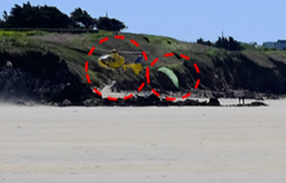Our iwiEye software solution support authorities and safety teams during the accident investigation process, collecing eyewitness and surveillance camera data.
Let's share root cause knowhow in form of lessons learned communication !
Avoiding similar accident scenarios to occour again, again and again !
Avoiding similar accident scenarios to occour again, again and again !




